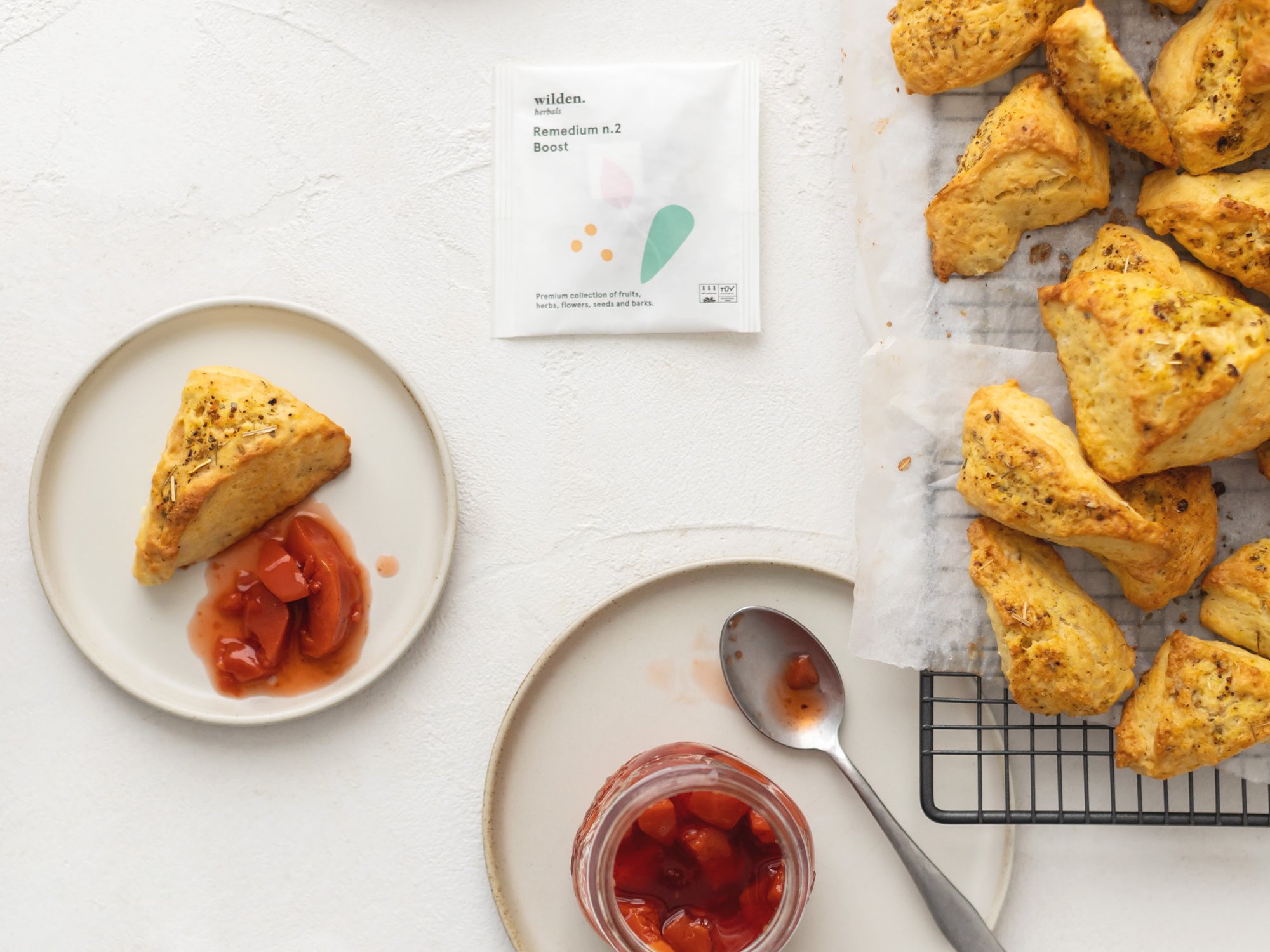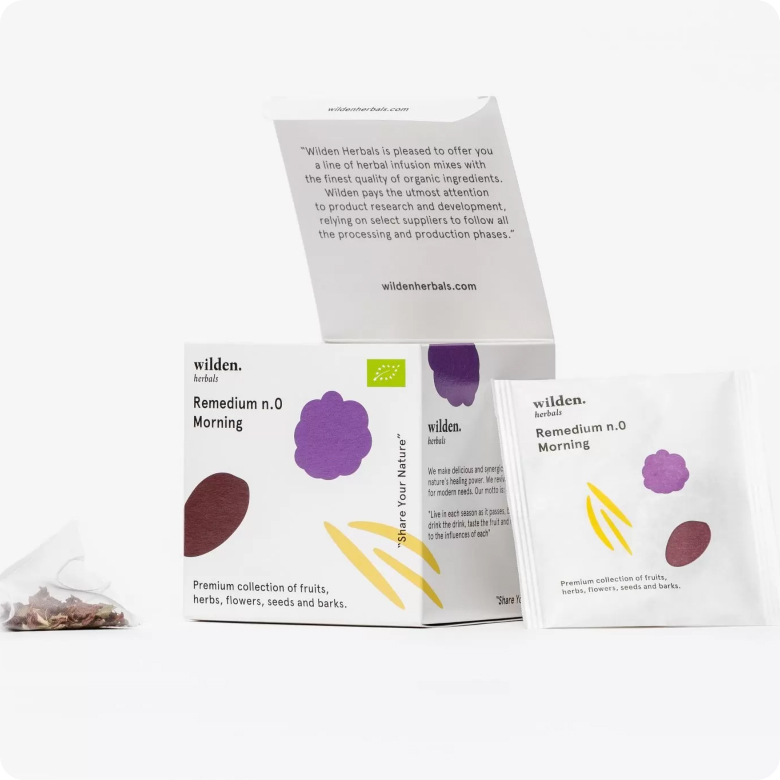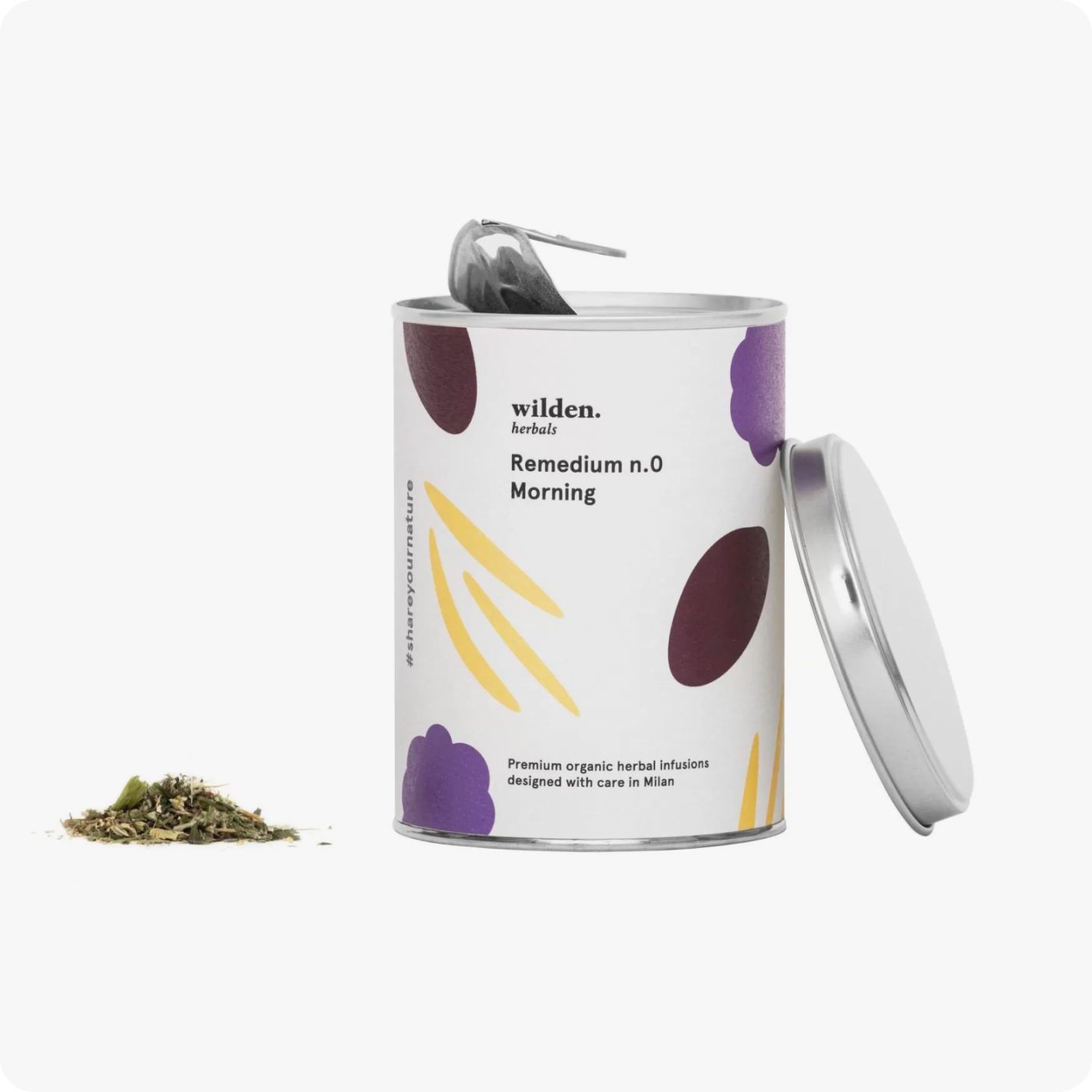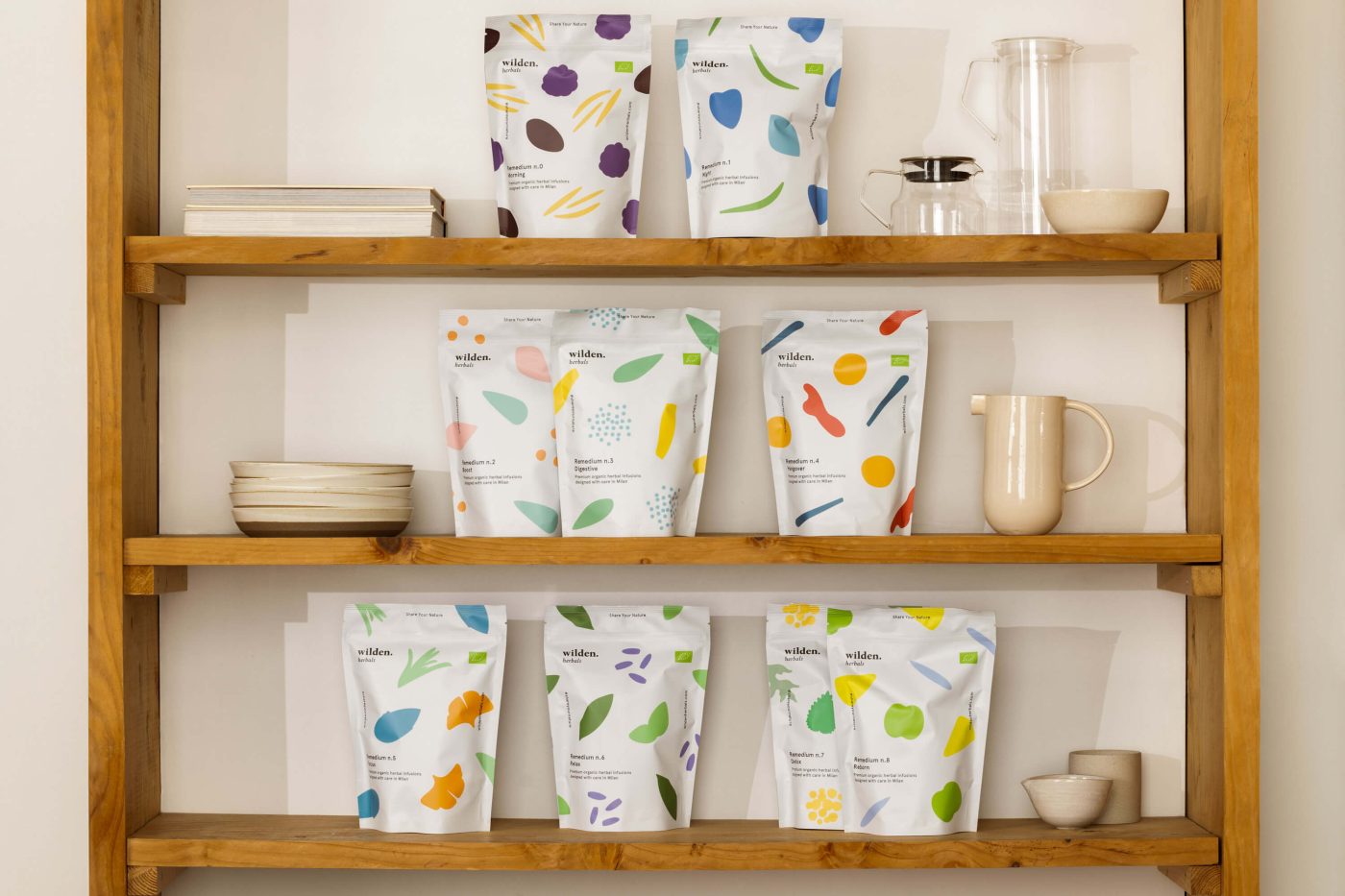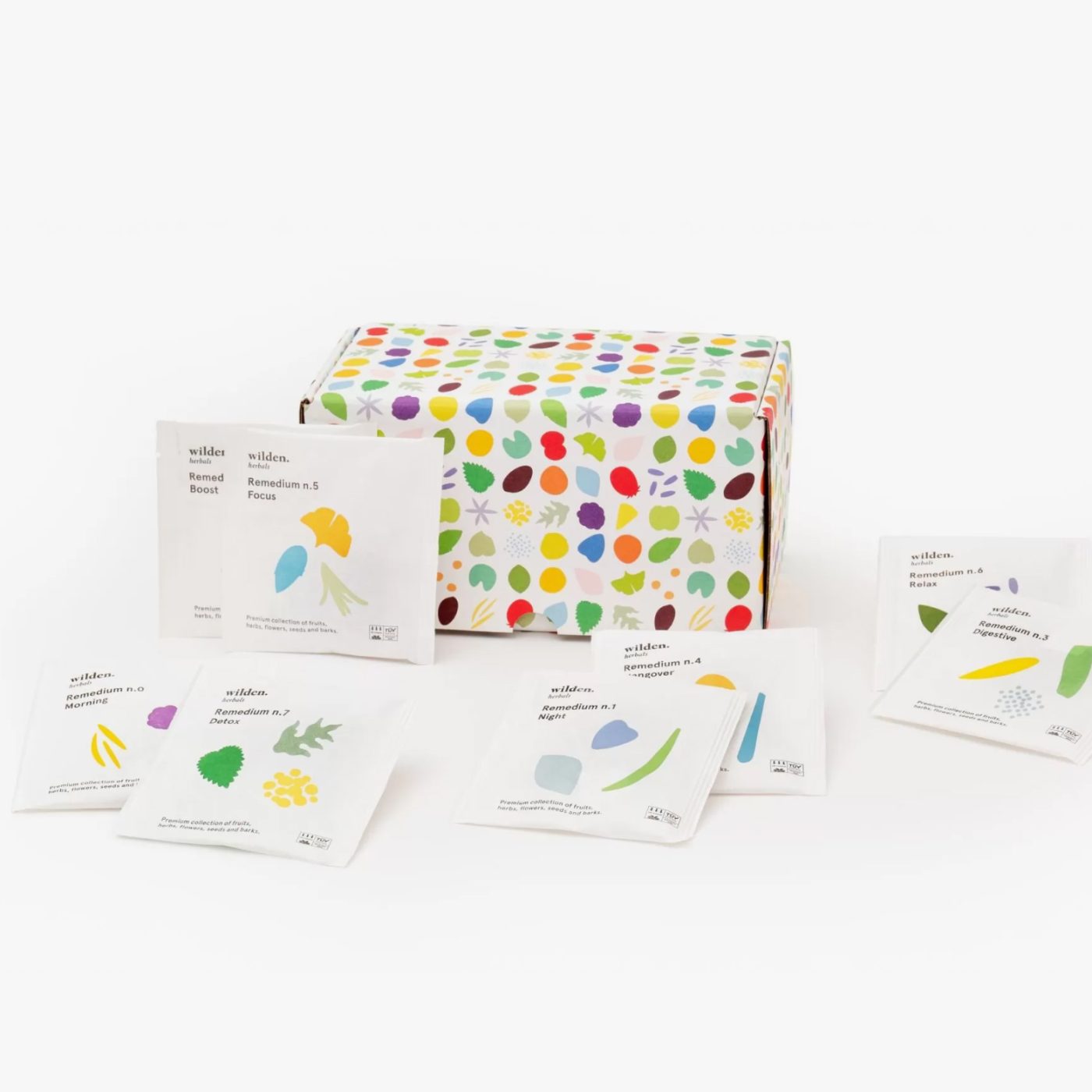Kombucha: everything you need to know about the fermented beverage
From China to the best bars, kombucha is a fermented drink made from bacteria and yeast, which are very good for the body. Today Wilden.herbals tells you about the origins, history and benefits of this sparkling elixir that is all worth discovering.
Kombucha is a fermented beverage made from tea or other infusions and sugar. It is produced by means of a SCOBY (an English acronym for symbiotic colony of bacteria and yeast) known as the “mother of kombucha” or “tea fungus.” This culture of live bacteria and yeast takes the form of gelatinous discs that tend to float on the surface of the tea and provide for the transformation of the sugar mixture into kombucha. During fermentation most of the sugars are consumed thus returning a sparkling, not very sweet and thirst quenching beverage.
Because kombucha is a fermented food like yogurt, kefir or sauerkraut, it is a rich source of probiotics, which means it provides healthy bacteria to the gut by promoting digestion; it is also helpful in reducing bloating and all kinds of gut-related problems. This functional drink is also rich in antioxidants that help fight free radicals. It also has strong antibacterial and antifungal properties that fight infections that cause Candida bacteria and yeasts.
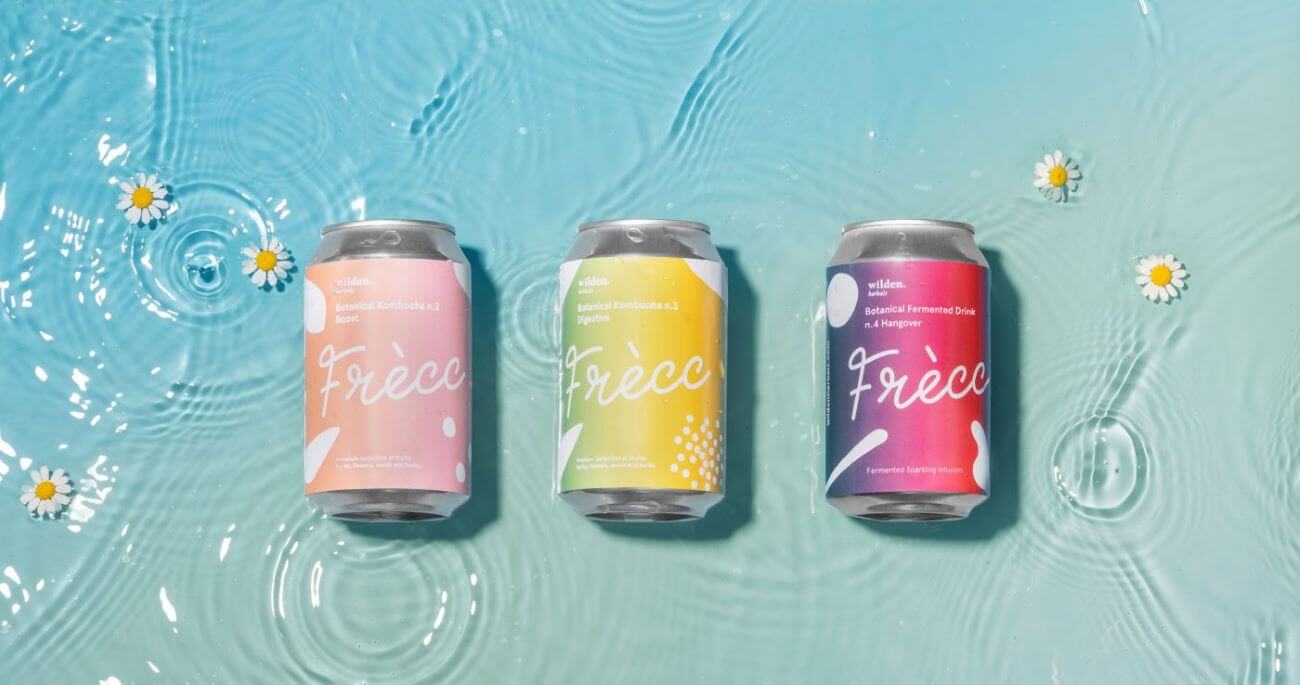
What is the origin of kombucha?
The origin of kombucha is peppered with myths and stories; the best-known accounts say it originated in northeast China, historically referred to as Manchuria, around 220 B.C. and was initially prized for its healing properties. Legend has it that it was named after Dr. Kombu, a Korean physician who brought “the elixir of long life” to the Japanese emperor Inyoko during his travels. The emperor was so impressed with the fermented drink that he named it after the doctor. The term “cha,” on the other hand, which means “tea” in Japanese, was added to his name after he discovered its exhilarating properties.
Along the Silk Road, kombucha made its way to other Asian countries and to Russia and Ukraine, where it became widespread. The expansion of trade routes in the early 20th century allowed this drink to reach Europe, making it popular especially in Germany. Kombucha, regarded as the panacea for all ills, was introduced in the 1990s in early industrial production in Europe and the United States.

Where can I find kombucha?
Renewed interest in wellness, particularly in our gut bacteria has enabled the growth of this product in the market, thus allowing it to cross geographic and innovation frontiers. Kombucha fermentation has not stopped at tea and sugar; in fact, there are many companies and “home fermenters” experimenting with and marketing kombucha in addition to fruit juices, infusions of various kinds, or using other sources of sugars for fermentation such as honey, agave, or sugar beet. Whether it’s your local coffee shop or a flavor alchemist friend of yours, kombucha is gaining momentum. Try to pay attention to it.
The innovation does not stop with the drink, however, because in 2011 kombucha, specifically the SCOBY used for its fermentation, was used for the first time to create a fabric that designer Suzanne Lee employed for an entire line of clothing. Lee, using the fermentation process, has created cellulose nanofibers that subsequently take body in a fiber that can be sewn to create clothing. In short, good and sustainable, kombucha is proving to be a beverage worth exploring and learning about.
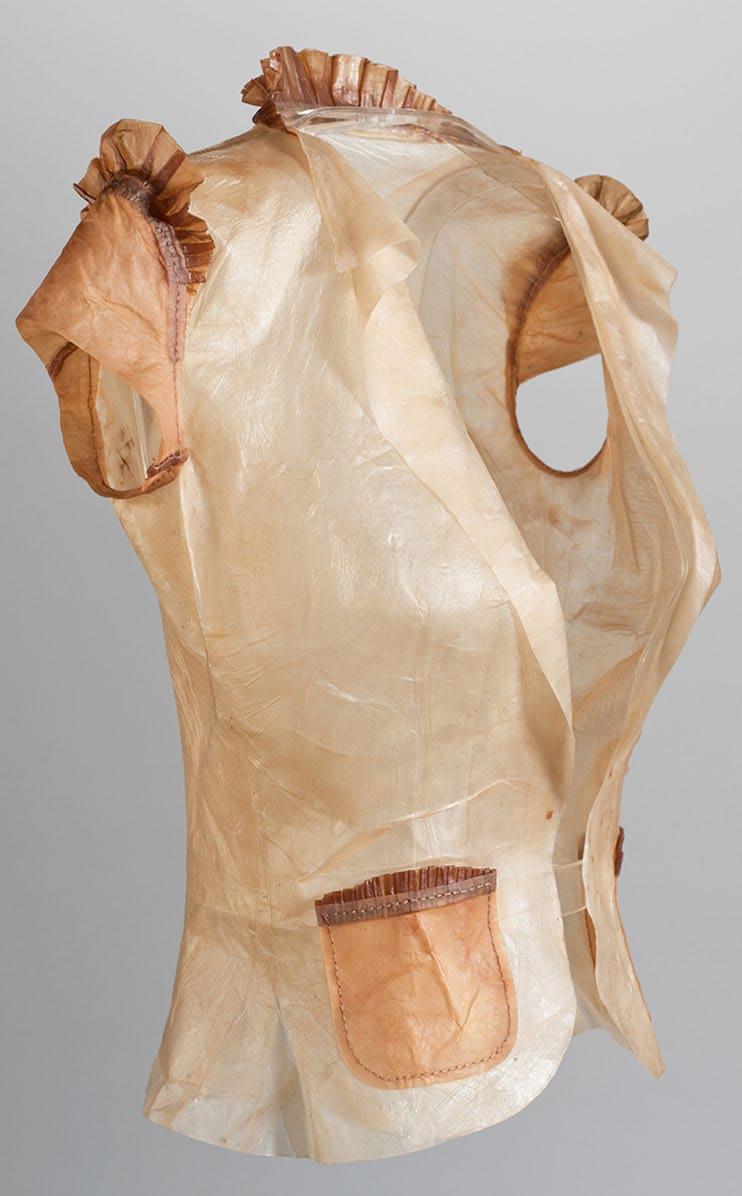
© 2021 Wilden.herbals – Contents are the property of Wilden.herbals S.r.l., reproduction is prohibited

